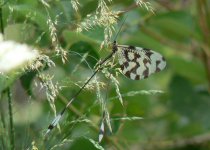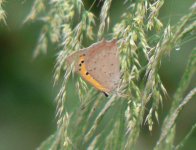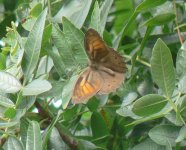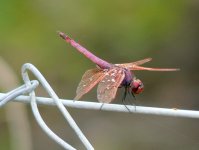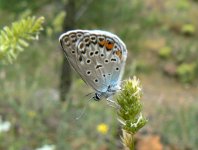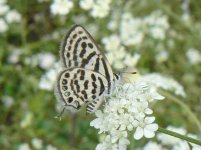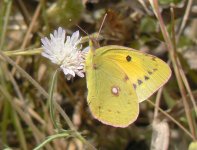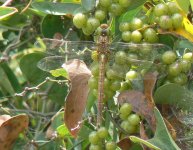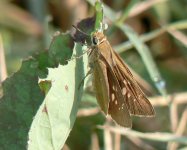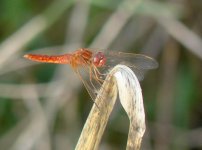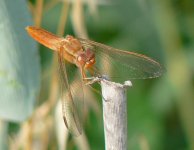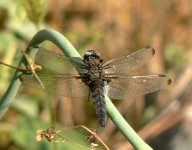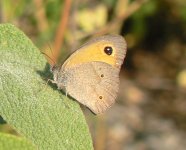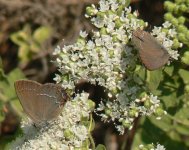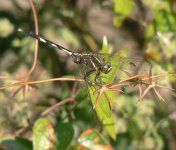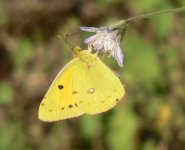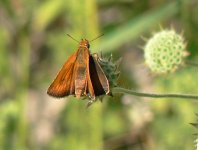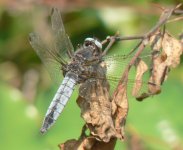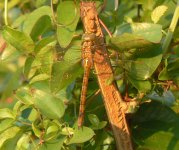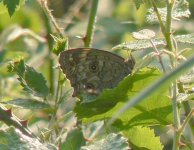Ruby
Well-known member
Hi All,
Just back from Dalyan and have some mysteries that I'm hoping someone will be able to help me solve.....
Very much a learner when it comes to exotic European butterflies and a bit overwhelmed by the many choices (not like our paltry UK list!) but even worse when it comes to dragonflies - I havn't even got a field guide:eek!:
So anyway, here they come.... there's a few, so I've labelled the first lot M1-M5....
Just to be contrary, I don't think M1 is a butterfly OR a dragonfly, but I don't have the first idea what it actually might be!!
Thanks..... Ray
Just back from Dalyan and have some mysteries that I'm hoping someone will be able to help me solve.....
Very much a learner when it comes to exotic European butterflies and a bit overwhelmed by the many choices (not like our paltry UK list!) but even worse when it comes to dragonflies - I havn't even got a field guide:eek!:
So anyway, here they come.... there's a few, so I've labelled the first lot M1-M5....
Just to be contrary, I don't think M1 is a butterfly OR a dragonfly, but I don't have the first idea what it actually might be!!
Thanks..... Ray




